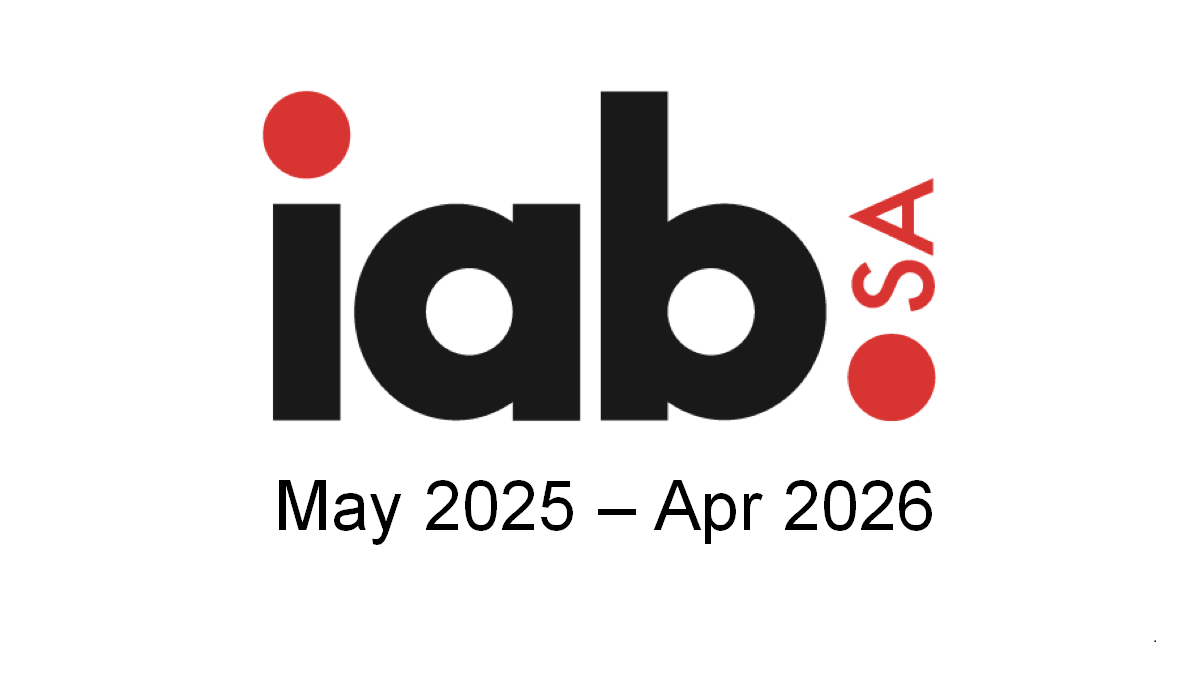South Africa sits atop a treasure trove of critical minerals essential to the global clean energy transition and sustainable economic growth. Yet, despite a solid legislative framework aimed at ensuring responsible mining, the country continues to grapple with environmental degradation, social upheaval and unrehabilitated “ghost mines” leaving scars on the landscape and local communities.
A case in point is the current scramble for lithium on the KwaZulu-Natal south coast, where there are already concerns about local communities bearing the brunt of environmental degradation, social disruption and displacement
Typical of the country’s mining exploration trajectory, there are also media reports of traditional leadership being involved in deals over mineral rights, which complicates or undermines community-wide consent and benefit, especially given that 80% of affected residents live on tribal land
From platinum to lithium, manganese to rare earth elements, South Africa’s mines hold a strategic position in supplying minerals vital to global industries. This endowment offers a huge opportunity to drive economic transformation, create jobs and foster development.
But as history has shown, mineral wealth can turn into a “resource curse” – a cycle of environmental harm, social disempowerment, corruption and short-term gains that fail to benefit the broader society sustainably.
One of the key challenges in this regard is the country’s weak enforcement and limited capacity when it comes to laws that establish clear mandates for environmental stewardship, mine rehabilitation and community involvement, such as the Mineral and Petroleum Resources Development Act and the National Environmental Management Act.
This is due to a variety of factors, including that regulatory bodies often lack the manpower and resources to monitor mines effectively and hold companies accountable for rehabilitation and environmental compliance, and multiple government agencies overseeing aspects of mining, thereby creating overlaps and gaps that allow harmful practices to slip through the cracks.
There is also the issue of limited community engagement, whereby mining frequently disrupts local communities, but affected people are often excluded from meaningful participation in decision-making or sharing of benefits.
Rehabilitation efforts also falter as companies cite inadequate funds while the government struggles to mobilise resources for enforcing mine closures and environmental recovery.
Most importantly, is the reality that while strong on paper, legislation sometimes lacks comprehensive post-mining frameworks or fails to align with global sustainability standards, limiting effective long-term impact.
To escape the resource curse trap, it is important that South Africa strengthens enforcement mechanisms, clarifies governance responsibilities, and prioritises the rehabilitation of derelict mines.
Ensuring that affected communities have a real voice and receive lasting bene-fits must also be at the heart of mining governance. Innovative financing models and economic incentives are also needed to support sustainable land rehabilitation and promote circular economy approaches, such as mine waste reuse and recycling.
Ultimately, aligning national policies with international best practices on environmental, social and governance criteria will be critical in attracting responsible investment and safeguarding the country’s global mining reputation.
Our minerals do offer a pathway to economic empowerment and green growth, but only if the country can break free from the cycles of neglect and harm that have historically plagued its mining regions. By turning strong laws into effective action through commitment, capacity building, and genuine stakeholder partnership, the nation can ensure its mineral endowment uplifts communities, protects ecosystems, and powers a sustainable future. SA can overcome the resource curse.
- Lekota is a veteran journalist



